Physical Therapy for Osgood-Schlatter
If you have a youth athlete in your life, you may have heard the term "Osgood-Schlatter" before. Osgood Schlatter disease (OSD) is a common diagnosis for kids around puberty (usually somewhere between 9-15 years old). In this blog, we're going to talk about Physical Therapy for Osgood-Schlatter disease.
At Wagner PT & Performance, we are experts in youth athlete Physical Therapy and sports performance training. Our facility in Lakeville, Massachusetts has a full gym and turf area to provide the exact Physical Therapy treatment youth athletes need. Check out our services for youth athletes.
What Is Osgood-Schlatter?
Osgood-Schlatter disease is a diagnosis given when a youth athlete around puberty has pain in the front of their knee where the patellar tendon attaches to their tibia (lower leg bone).
Image from Google
Osgood-Schlatter is also called tibial tubercle apohysitis. The classic sign of this condition is pain in the front of the knee that gets worse with sports involving running, jumping, etc.
During puberty, bones, muscles and tendons grow at different rates and the growth plate area is not completely mature.
When an athlete plays sports that involve a lot of jumping, running and cutting, the patellar tendon can pull on the tibial tubercle/growth plate (see picture above) and cause irritation.
Activities like jumping and running are more problematic because the quadriceps muscle (that attaches to the tibial tubercle via patellar tendon) works harder during these activities and therefore puts stress on the front of the knee.
Osgood-Schlatter may be more common in boys than girls but any youth athlete can get it. Typically girls experience this younger (8-12 years old) because they start growing earlier than boys. Boys usually experience this between 12-15 years old.
How To Treat Osgood-Schlatter
In terms of treatment for Osgood-Schlatter, it is important that athletes take a long term approach to management. As bones stop growing, this discomfort usually goes away on its own.
Typical recommendations are for ice, NSAIDs, stretching, patellar straps and rest. This can help in the short term, but the problem with recommendations like these is that they don't take the larger picture into consideration.
Consider a typical 12 year old athlete that develops pain in their knee and is diagnosed with Osgood-Schlatter. They are told to take it easy for a while, ice their knee and take over the counter medication.
After resting, their knee feels better but it starts hurting again when they try to get back to sports. This is because nothing has been done to maintain their fitness and improve strength and stability in their lower body while symptoms calm down. So, they aren't prepared for the demands of their sport.
You can see how it would be easy for an athlete to fall into a cycle of pain>rest>relief>attempted return>pain.
The right Physical Therapy is crucial to maintain and improve strength and fitness while dealing with symptoms as they arise. This will mean an athlete comes out of treatment as a better, more resilient athlete instead of being frustrated by recurring pain.
It might be easier in the short term to just rest until the pain goes away, but this can cause problems in the long term.
Physical Therapy for Osgood-Schlatter
Of course every case is different, but there are some common themes to Physical Therapy treatment for Osgood-Schlatter.
Ice, heat, NSAIDs can be used for short term pain relief, but be wary of simply covering up symptoms.
Manual techniques (massage, stretching, taping) for soft tissues/muscles around the knee to relieve pain and maintain/improve mobility.
Modifying painful activities such as running, jumping, etc. Sometimes this means taking a short break from certain activities but it can also just mean scaling things back for a short time.
Work on strength and stability of core, hips and feet/ankles to improve the ability of the entire lower body to tolerate forces in sports.
Gradually return to strengthening quadriceps as symptoms in the knee improve.
Gradually return to running, jumping, cutting and sports.
Here are some examples of exercises that we have used when treating Osgood-Schlatter.
Quad Stretching for Osgood-Schlatter
Hip Strengthening for Osgood-Schlatter
Single Leg Deadlift for Knee Pain
Monster Walk for Hip Stability
Quad Strengthening for Osgood-Schlatter
Jumping and Landing Rehab for Osgood-Schlatter
As discussed above, good Physical Therapy can be the difference between a successful recovery and frustrating cycles of pain and limitation. At Wagner PT & Performance, we use these treatment opportunities to work on introducing youth athletes to good strength training habits that will serve them well throughout their athletic careers.
Youth Athlete Physical Therapy in Lakeville, Massachusetts
At Wagner PT & Performance, we are experts in working with youth athletes. Our practice is built to provide these athletes the support and environment they need to feel better, get back in the game and stay healthy as they continue their athletic career.
If you have any questions about keeping a youth athlete in your life healthy, contact us today. We are here to help.

